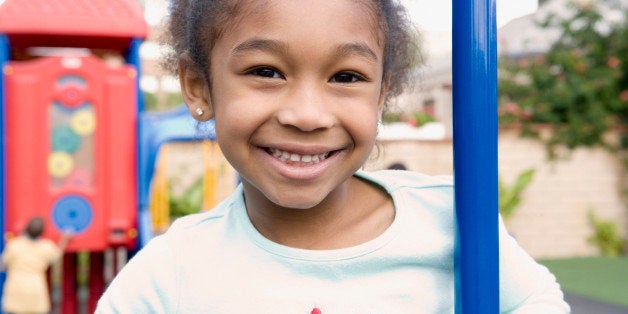
I live in Evanston, Illinois, a diverse college town (Northwestern University) in which everyone has an opinion. Recently, a member of my community's school district strategic planning subcommittee on High Quality Teaching and Learning posted a question on a Facebook page for parents. She asked two questions:
- What conditions promote learning?
- What is an optimal learning environment?
She also curiously stated she was not trying to draw conclusions from parents' responses. Rather, she wanted "a better snapshot about how parents think about LEARNING and how students learn best." After reading 26 thoughtful and honest comments from parents, I'm thinking it would be easy and important to draw conclusions from their responses.
Some of the things the parents shared included:
- Make space and time for kids to pursue individual, passion-based learning projects.
Developmentally appropriate learning (based on research) would be my key words here.
1) Developmentally appropriate practice/methods: kindergarten should be predominantly play-based learning, and play should be involved in all of the primary grades.
2) Learning should be broken into reasonable time segments with frequent breaks that allow for movement. This method improves attention throughout the day and allows for consolidation of information into long-term memory.
3) There should be additional recess time not only for the sake of movement but for all of the skills that are developed through peer interaction: social-emotional learning, the age-appropriate development of close friendships, and also cognitive gains made through negotiation, integration of different ideas.
4) "Core" material that is appropriate for typically developing learners. The material must rely on more concrete learning and explanations for younger learners, moving gradually toward abstract concepts and the ability to reflect on one's own thinking as they approach middle school. The material should keep in mind the capacity of children's working memory at different ages and the number of variables they can reason about at different ages.
5) Core material that can be broken down and adapted for children who are not typically developing in one or more areas. The material should be assessed for language, motor, and visual processing requirements so that it can be properly adapted for children who have difficulties in one area but strengths in another.
6) Content that is relevant for the children's lives (Vygotsky called this socio-cultural cognition). This would include readings, both fiction and non-fiction, that either comes from a context that the children can relate to (e.g., events from their community) or that makes bridges to such contexts.
7) Ideally, learning would include a mixture of projects, teacher guided work that includes peer collaboration, self-guided learning with differentiation, and direct instruction.
And the final set of ideas, which I am calling #15, comes from an educator/parent/teacher trainer:
Best teaching happens when three things are considered. Teachers need training, support, and coaching on how to do these three things well. Some teachers are great at these. Some may never be, but we should expect our teachers to be effective at these key components at quality teaching.
1) Classroom Management: Creating a warm supportive and community environment that provides a safe and secure place for students to learn. Structured with a smile. An environment where students have ownership and buy-in that their classroom is their community.
2) Motivation: How do teachers use Vygotsky's Zone of Proximal Development to give students attainable tasks at his or her level so they are continually motivated to succeed? How do teachers use student interest, learning style, and student strengths to make learning engaging and meaningful? How do teachers communicate what success looks like so students know when they are getting it (modeling, self assessment, rubrics)?
3) Assessment: Not just testing - assessment is essentially any tools, formal or informal, that teachers use to measure if students understand and plan accordingly. Did students get the problem right in the first try? Move on. Did half get it right? Differentiate and recheck.
What I have not seen on Facebook or heard in private conversations is enthusiasm for the misconception that Common Core requires teaching the same material in the same way regardless of culture, ability, or readiness. What I have not heard is the notion that starting teacher-directed, formal learning earlier and earlier is beneficial. And I have not heard much support for homework that steals an unreasonable amount of family time from evenings and weekends.
So since you asked, there seems to be a consensus on a few things, even in a town as diverse and opinionated as mine. Parents want less time spent on teaching to standardized tests, fewer of those tests, and learning environments that actually are conducive to learning. They want their kids to be viewed as unique individuals with differing needs and to see their learning styles supported and respected. They want learning environments to promote physical and mental health, with sufficient breaks for play and exercise. They want their children to feel less stress and anxiety about school. They want their kids to love learning and have the tools to go wherever their curiosity takes them.
Parents, did I miss anything? If I did, please add your comments and suggestions.
I invite you to join my Facebook community and subscribe to my newsletter.
